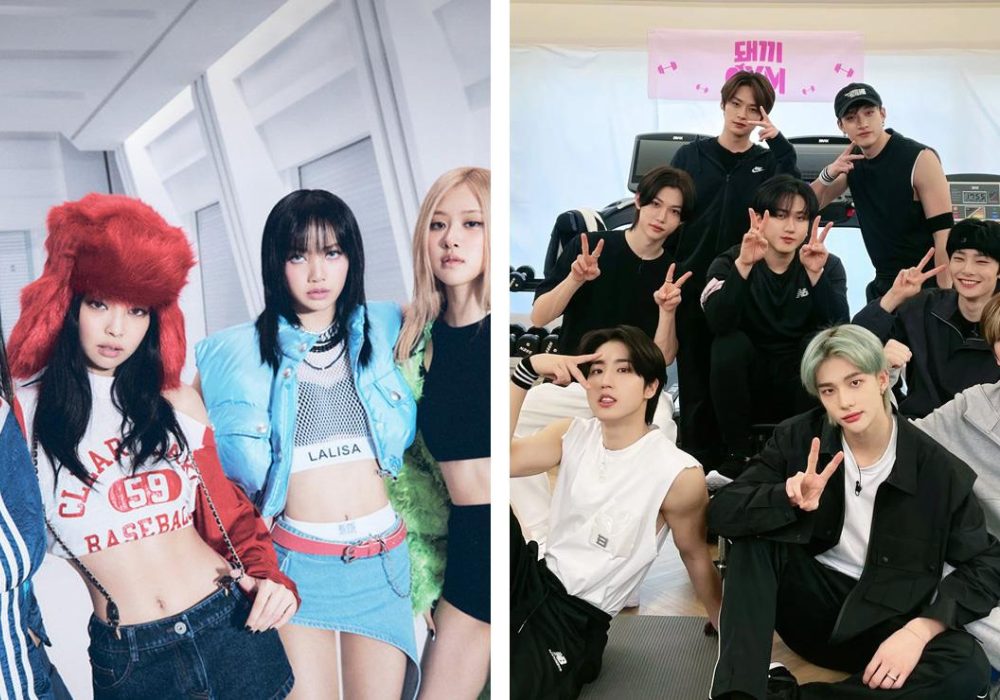Fan Culture: Understanding the K-Pop Fandom Landscape

K-Pop has rapidly evolved into a worldwide phenomenon, and at the heart of its success lies an incredibly dedicated and enthusiastic fan culture. What sets K-Pop fandom apart from other music genres is not just the music itself, but the deeply relational dynamics among fans, their idols, and the broader K-Pop community. In this article, we’ll explore the vibrant landscape of K-Pop fandom, the unique terminology that defines it, and how it shapes the experiences of both fans and idols.
The Fandom FamilyK-Pop fandoms are more than just groups of people who enjoy the same music; they often resemble families. Each fan group has a unique name that reflects their identity and connection to their favorite idols. For example, fans of BTS are known as “ARMY,” while TWICE’s fans are called “ONCE.” This sense of belonging creates a supportive community where fans celebrate not just their idols’ achievements but each other’s passions.These communities often gather online and offline to watch music videos, discuss the latest comebacks, and collaborate on fan projects. This bonding experience serves as a foundation for lifelong friendships that extend beyond the music. **Fun Fact**: The ARMY community has raised millions of dollars for various charities, including UNICEF’s “Love Myself” campaign, showcasing how K-Pop fandoms can make a positive impact on the world! The Power of Social MediaSocial media plays a crucial role in K-Pop fandom culture. Platforms like Twitter, Instagram, TikTok, and even V Live allow fans to connect with one another and their idols in real-time, creating an interactive experience previously unimaginable in the music world. Hashtags and trending topics often celebrate idols’ achievements or call for support during comeback periods, allowing fans to mobilize collectively.K-Pop fans are skilled at utilizing social media to amplify their voices. For instance, when a group has a comeback, fans will often coordinate streaming parties, creating a buzz around their idols and ensuring their songs trend on various platforms. The result? A full-blown digital celebration that resonates globally. Engaging through Fan ProjectsOne of the standout aspects of K-Pop fandoms is their civic engagement through fan projects. Fans often pool their resources to celebrate birthdays or milestones of their favorite idols, organizing charity drives, billboard advertisements, and even supporting local initiatives using funds raised from within the fandom. These fan projects not only celebrate the artists but also foster a sense of unity among fans. For example, fans of EXO frequently organize and sponsor food donations to nursing homes or homeless shelters, encouraging a spirit of giving back while showing love for their idols.**Fun Fact**: On the 28th anniversary of the late singer Whitney Houston, BTS fans raised over $1,000 for the “Whitney E. Houston Foundation,” demonstrating how K-Pop fandoms can transcend borders and connect with their idols’ messages.
|





 Navigating Fandom Dynamics
Navigating Fandom Dynamics

























